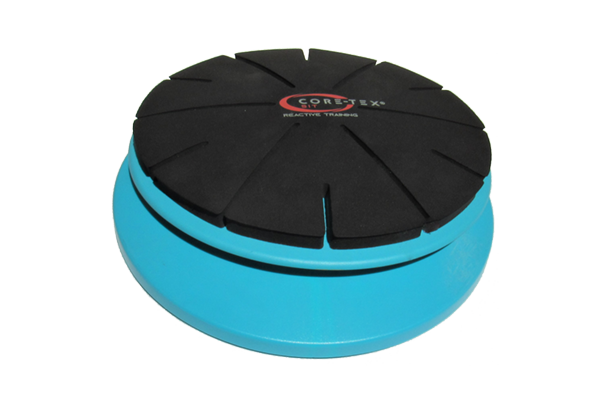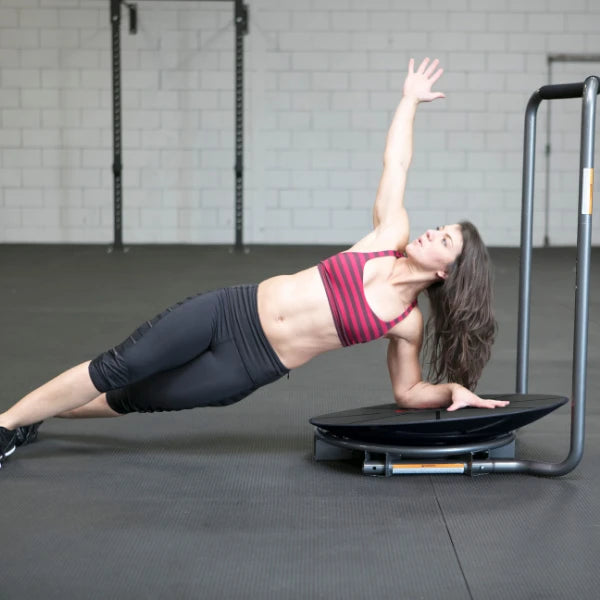
Core-Tex Sit
Core-Tex Sit
We borrowed the great visuals from the @moveu account on Instagram to demonstrate how the patented motion of Core-Tex Sit provides you an environment to explore pain-free positions while sitting. Taking the pressure off the sciatic nerve removes irritation that can both perpetuate and increase sciatica.
It's no secret that after having children, many women experience issues related to a weak pelvic floor. You've heard it before: the jokes about moms not being able to jump, sneeze, or laugh without peeing a little. We're here to remind you that, despite what social media tells you, you don't have to live like that!
Watch the two moves Core-Tex Sit inventor Anthony Carey is sure to do every day at this desk to keep his lower back, upper back and hips feeling great.
If we want to get the most motion and benefits from our Core-Tex Sit, we know it works best on a flat, firm surface. But some folks really want to use with their office chair or couches or recliners.
Did you know that your core needs to be able to work in every direction that you can move your trunk and pelvis? As two independent segments of our body, they sometimes need to move as a team but more often move complimentary and independently to one another. And they do this where we spend 95% of waking hours=vertical to gravity.
A short intro from Core-Tex inventor, Anthony Carey to make sure your Core-Tex Sit experience is successful right from the start!
















